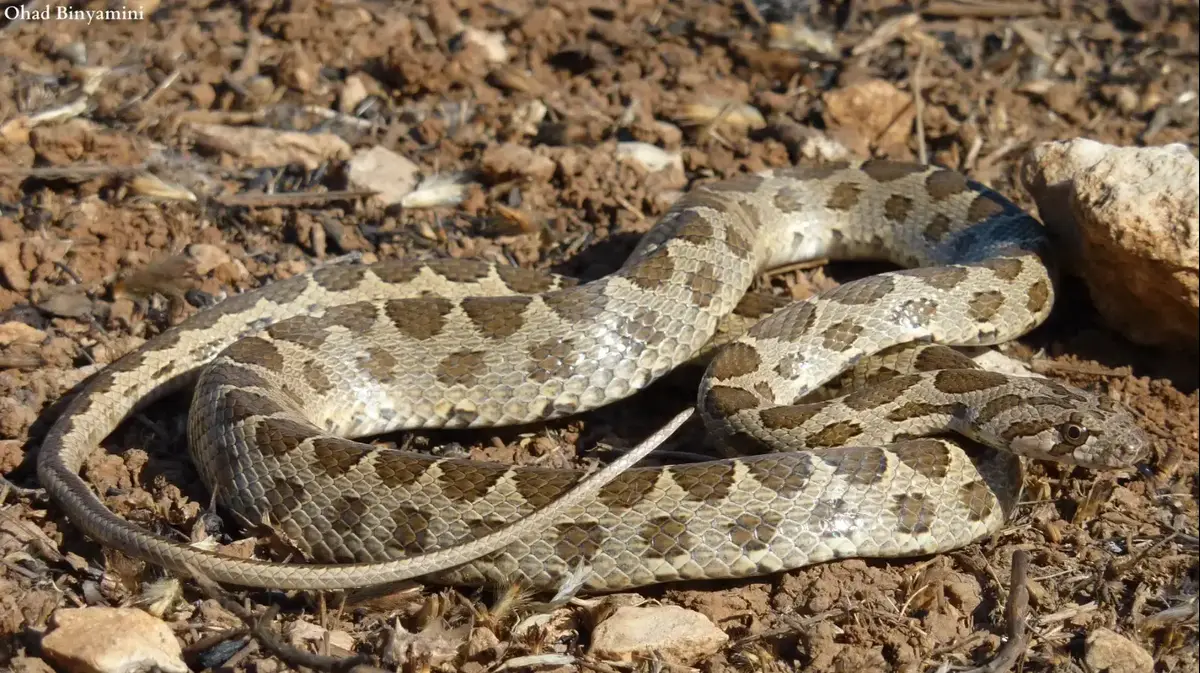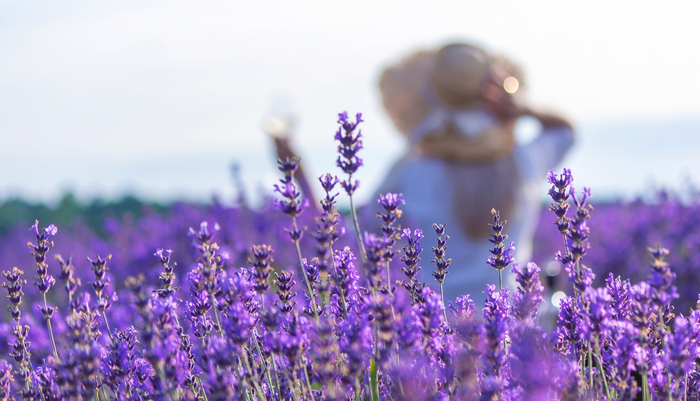What is the origin of the Tenerife Viper?
To discover
Gardening: what to plant, sow or harvest in May?
May: what are the seasonal vegetables and fruits?
Latin name:
Echium wildpretii.
Botanical family
: Borraginaceae such as borage, heliotrope and
ehretia dicksonii
, a beautiful ornamental tree with very honey-
bearing
flowers.
Read also: Cat repellents: 5 simple and natural solutions
What are the main
types?
The genus
Echium
(viperine in French) is represented in France by five species, the best known of which is
Echium vulgare
, a biennial plant of 30 cm to 1 m in height which flowers in late spring and early summer.
But several particularly spectacular species of monocarpic echiums (plants that die after their only flowering), native to the Canary Islands, can also find a place in our gardens, including the Tenerife
viper
(
Echium wildpretii
) which is discussed here.
Among them, we can cite:
• The subspecies
Echium wilpretii var.trichosiphon
found around 1700 m altitude on the edge of the Taburiente caldera, on the island of Palma.
Extremely rare, it gives flower stems from 1 m to 1.50 m in height, covered with bright pink flowers.
Extremely rare, the subspecies
Echium wildpretii ssp.trichosiphon
only survives in the wild on the island of La Palma, in the Canary Islands.
(photo: Norbert Rebmann / SNHF)
•
Echium simplex
grows on the northern slopes of the Sierra de Anaga between 50 and 350 m altitude on the island of Tenerife.
Its flower stems of at least 2 meters in height are covered with white flowers in spring.
This species, which has become rare, is often cultivated.
•
Echium pininana
from the island of La Palma is found in the laurel forest near Barlovento between 800 and 1000 m altitude.
Extremely rare too and very localized, it forms rosettes of leaves 2 m in diameter and blue floral stems of about 4 m in height.
Read the file: READ THE FILE: Tomato, cucumber, zucchini or radish: all our tips for a successful vegetable garden
What uses of Tenerife viperine?
These species support cultivation in open ground on the Côte d'Azur and for the most resistant along the Atlantic coast, in particular on the edge or in rock gardens.
Elsewhere, they must be grown in pots to decorate a balcony or veranda.
How to recognize Tenerife viperine?
Origin
: Island of Tenerife around 2000 meters above sea level.
Main characteristics
: Tenerife viper is, like its cousins, a monocarpic plant that only lives for two years.
In the first year, it is content to form a large rosette of linear leaves.
Then, last winter, a terminal bud appears in its center.
It will give, during the spring, a sumptuous flower stalk 2.50 m high which is covered with a multitude of red honey flowers which will be fertilized by pollinating insects.
Once its seeds are dispersed, the plant withers and dies before reaching its second winter.
Flowering period:
May to July.
Hardiness
: Able to withstand temperatures close to 0 ° C, most Canarian viperines can spend the winter without damage in a frost-free and well-lit room to avoid the etiolation of the rosettes of leaves.
How to cultivate it?
Difficulty level:
Easy.
Soil
: Light, well-draining, dry or even arid.
In pots, prepare a mixture of half of horticultural soil and loamy soil and the other half of non-calcareous sand.
Read also: Garden: what if you got to know your soil?
Exposure
: Bright and sunny.
Sowing / planting:
The multiplication of monocarpic echiums is done by sowing.
Cultivation management:
Viperins are easy plants, without special requirements.
For plants grown in pots, water every 5 to 10 days during the growing season (March 15 to early October) and in winter, only if necessary.
Allow the substrate to dry thoroughly before adding water again.
Common diseases and parasites
: Few diseases if the cultivation technique is good.
Among the pests, watch for slugs at the start of vegetation then keep away white flies and mealybugs, especially in greenhouses or verandas, by misting water on the plant.
Sheet produced by Norbert Rebmann, SNHF, section Cacti and succulents. (
www.snhf.org
).







